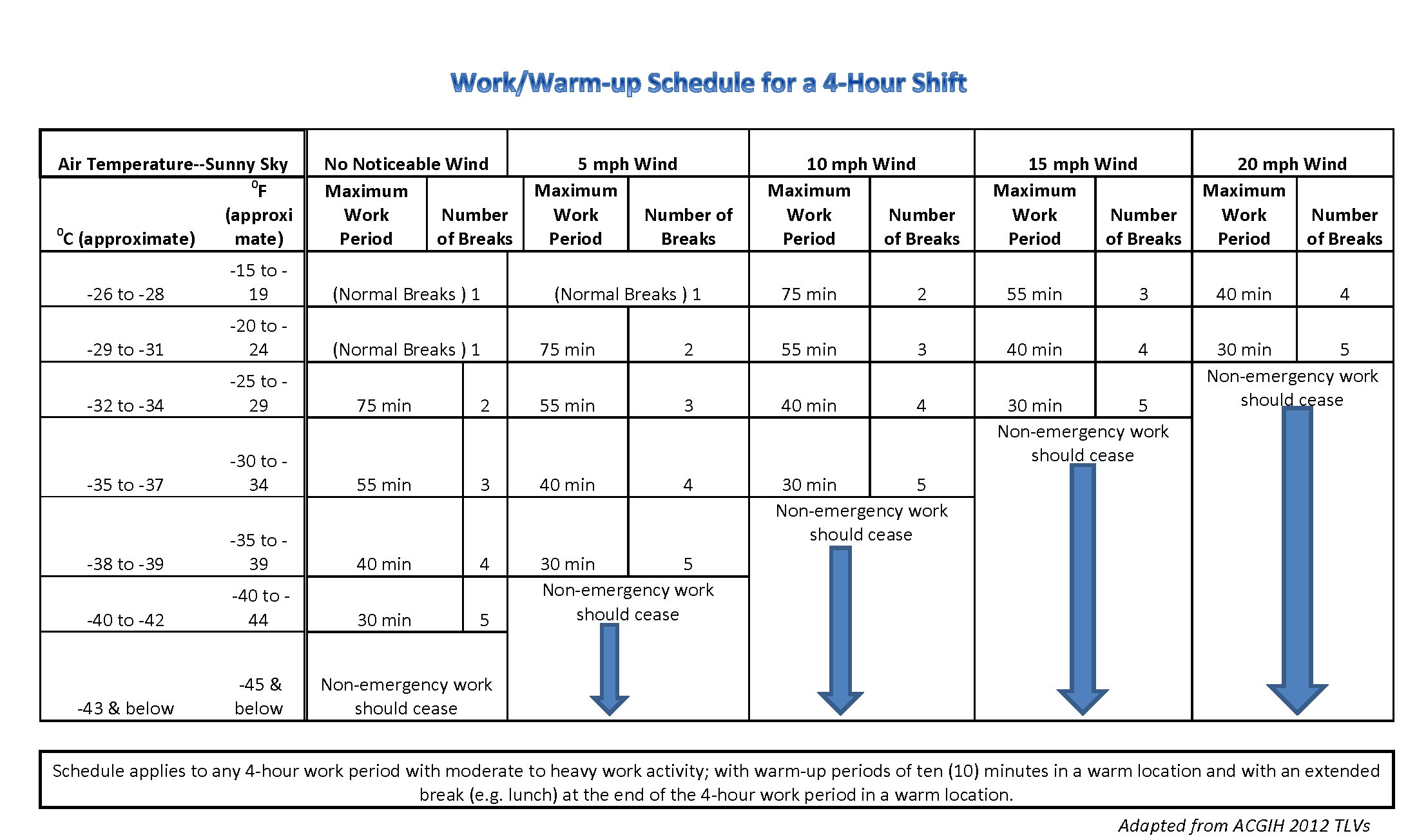Chances are, you either love or you hate winter—but either way, if you’re working outside, it’s a crucial time to know what measures you need to take to protect yourself. One of the challenging parts of maintaining a safe work environment is that we often think of best practices as common sense, but people’s experience in certain situations varies widely, and especially in winter, when conditions can change quickly, being prepared is always the right call.
Many of our own employees and the clients we work with have responsibilities that require them to brave the elements, even when the weather is less than ideal. In some cases, our communities are relying on these people to stay safe themselves, reminding us of the age-old analogy of the oxygen mask on an airplane—you have to attend to your own personal safety before you can effectively help others with theirs.
Knowing the hazards
As always, staying healthy and safe starts with having a comprehensive awareness of the hazards you might face in any given situation. These will be primarily dependent on the type of work you and your employees do. If you’re a health and safety representative for your office or facility, you’ll want to educate yourself and your colleagues (through trainings, safety posters, safety stand-downs, etc.) about the specific dangers cold weather presents and warning signs that something’s not right.
Cold air, especially when coupled with wind, puts individuals working outdoors in a vulnerable position for something called “cold stress,” or the point at which a person’s body is unable to warm itself. When experiencing cold stress, a person is at risk for serious injuries or illnesses, such as immersion/trench foot, a foot injury caused by cold, wet conditions; frostbite, the actual freezing of a person’s skin or other tissues; or hypothermia, a dangerous drop in body temperature. In addition to making sure your colleagues or employees understand what types of conditions can lead to cold stress—extreme cold isn’t the only danger here, injuries like trench foot can happen even in weather as warm as 60°F—you’ll also need to provide training on recognizing the symptoms of cold stress, helping someone affected by it, and selecting the right kind of clothing for windy, cold, or wet conditions.
Hope for the best, prepare for the worst
Conditions can take a turn for the worse very quickly when you’re talking about cold stress, so taking proactive, rather than reactive, safety measures is imperative. You’ll want to think about the way you’re scheduling work to be done as well as the types of resources to have on hand. For instance, making sure employees are scheduled to work in pairs during the coldest part of the day, with frequent short breaks is a must in the winter months. The American Conference of Governmental Industrial Hygienists (ACGIH) has developed a great scheduling guide to help protect workers from cold stress which is referenced by OSHA on their winter weather website.  Radiant heaters and warm, sweet drinks, along with hot packs, blankets, dry clothes, and a first aid kit should also be part of your winter arsenal in order to attend to anyone suffering from a cold stress-related condition.
Radiant heaters and warm, sweet drinks, along with hot packs, blankets, dry clothes, and a first aid kit should also be part of your winter arsenal in order to attend to anyone suffering from a cold stress-related condition.
Many of us may not work in roles that require us to spend extended periods outside during the winter months. However, there are still precautions you should take to protect yourself. Say you’re driving from your office to an important client meeting and end up on the road in freezing rain or heavy snow. At the beginning of the season, you’ll want to make sure your brakes are in good working order, that your tires have proper tread depth, and that all your visibility systems (like defrosters and windshield wipers) work as they should. To prepare for the possibility of getting stuck or in an accident, keep an emergency kit in your car that contains items like jumper cables, water, blankets, an ice scraper, and a shovel. You’ll also want to keep your phone charged and avoid less frequently traveled roads that may not have ice or snow cleared or good cell reception. (Don’t forget about asking your client if you can reschedule if road conditions are hazardous!)
Shoveling snow, walking on icy parking lots and paths, and clearing snow from rooftops can all present their own hazards as well. The important thing in all of these cases is to be aware of your surroundings and take the precautionary measures you can, like wearing proper footwear and any necessary personal protective equipment. While we don’t have any control over the weather conditions we do have control over the actions we take to keep ourselves and our coworkers as safe as possible.
